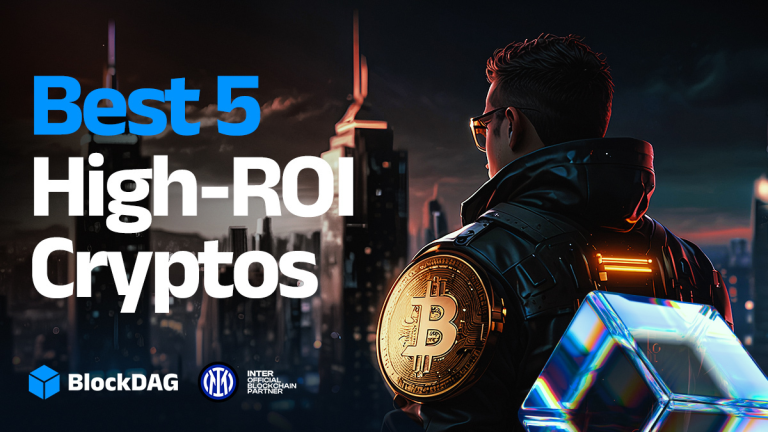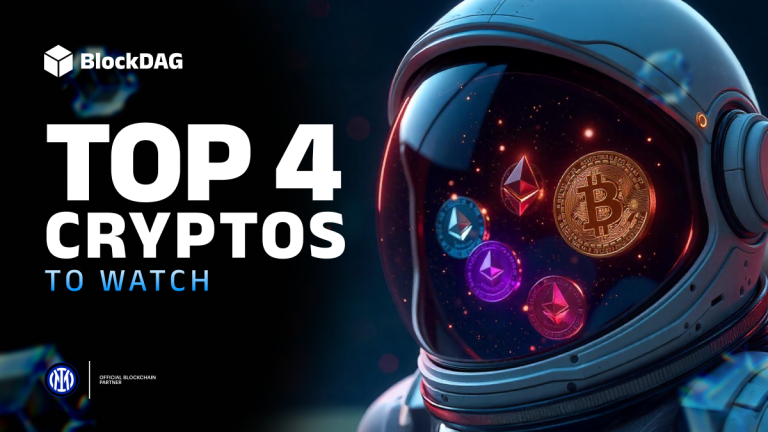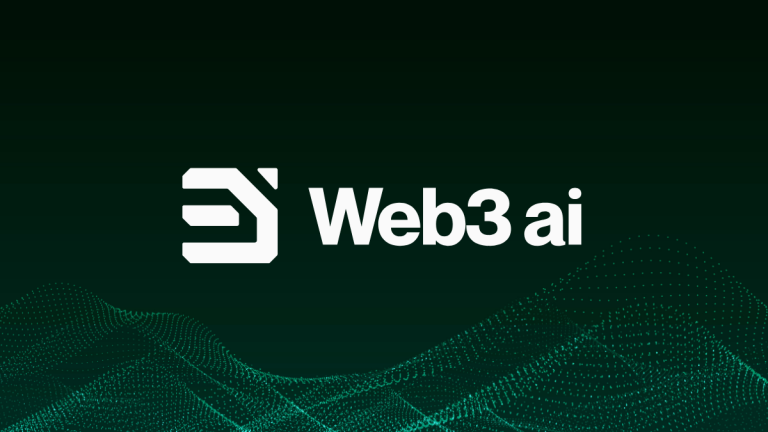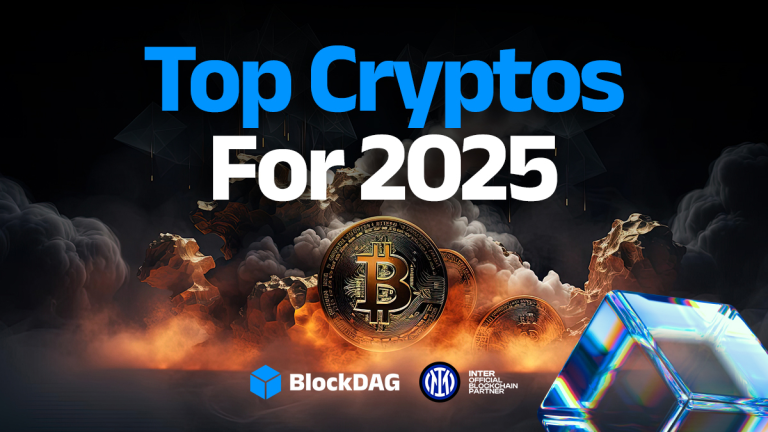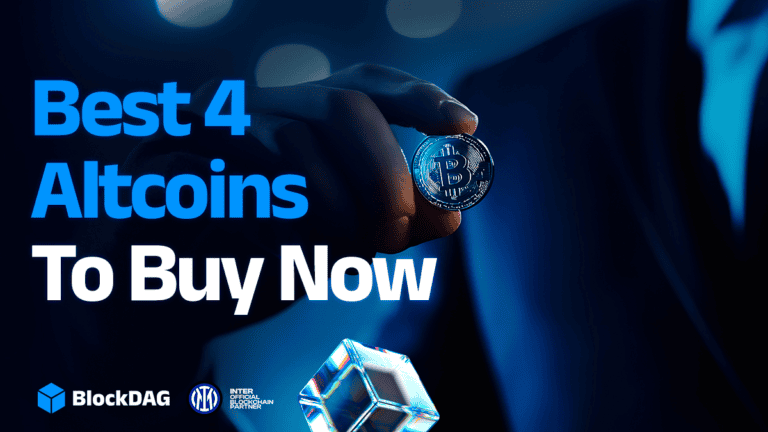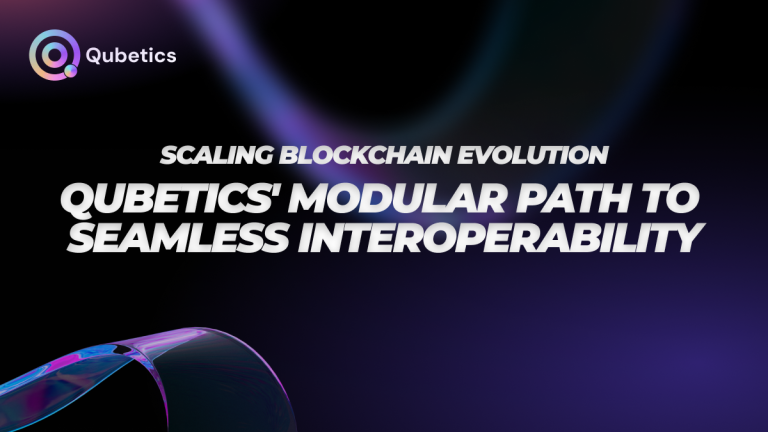BlockDAG Keynote 3: Why BDAG, Bitcoin, & Render Network Are Redefining Web3 Scalability
Render Up 7,780%, Bitcoin Dominates Market—BlockDAG’s Keynote 3 Could Still Be the Bigger Story
Scalability isn’t just about moving faster—it’s about managing real demand without losing stability. Bitcoin gave the world its first decentralized currency and became known as digital gold, but its transaction structure is still linear. Render Network opened up a new frontier by decentralizing access to GPU rendering, though it still relies on a similar one-block-at-a-time framework.
Now, BlockDAG enters the scene with a different mindset. Instead of staying within the limits of chain-based systems, it introduces a new model: parallel transaction processing. With its Directed Acyclic Graph structure, BlockDAG spreads out the workload so the network keeps pace no matter how busy things get. That’s not just theoretical—it’s already making an impact.
Bitcoin’s Rise: A Decade of Dominance & Unmatched Value
Bitcoin was launched in 2009 by the mysterious Satoshi Nakamoto and became the world’s first decentralized cryptocurrency. It allowed people to send money peer-to-peer without needing a third party. Back then, its price was barely a few cents. Since then, it has grown beyond anyone’s expectations.
As of March, 2025, Bitcoin trades at about $86,809.34—an unbelievable 2,173,224% increase from its starting value of $0.04. Its market cap now stands at $1.64 trillion, making it the highest-valued cryptocurrency on the market. Even with volatility, Bitcoin’s influence has stayed strong, drawing serious interest from both retail and institutional investors.
The total supply of Bitcoin is limited to 21 million, which has only added to its appeal. Many view it as a hedge against inflation—a digital version of gold. Over time, Bitcoin has remained a key player in shaping how finance evolves in a decentralized world.
Render Network’s Growth: Decentralized GPU Power Finds Its Market
Render Network began in June 2019 with a mission: to make high-end GPU rendering more accessible by decentralizing it. By linking people who need processing power with those offering idle GPUs, Render created a system that reduces costs and increases efficiency. The RENDER token fuels this ecosystem and has become central to the platform’s economy.
Starting around $0.05, RENDER has grown significantly. By March, 2025, the token trades at $3.94—a staggering 7,780% increase. The network’s market cap has climbed to around $1.03 billion, as more professionals—from animators to graphic designers—turn to Render for scalable computing.
Render’s concept is changing how we think about creative workflows, but it still relies on conventional transaction sequencing. This puts some limits on how much the platform can scale in real time.
BlockDAG’s Parallel Model Breaks the Limits of Traditional Scaling
People often point to transactions per second (TPS) to compare blockchains—but high TPS doesn’t always mean better performance. In fact, many blockchains slow down when demand spikes. The issue lies in their structure: one block is processed at a time, creating a traffic jam during busy periods.
BlockDAG avoids this trap completely. Its Directed Acyclic Graph design allows multiple blocks to be confirmed at once. This means transactions don’t line up—they run side by side. The result? No lag, no congestion, and no trade-off between speed and security.
The presale numbers reflect growing trust in this new direction. So far, BlockDAG has raised $209.5 million, and it’s currently in batch 27 with tokens priced at $0.0248. From batch 1 to now, early supporters have seen a 2,380% return. Over 19 billion coins have already been sold—clear signs that the community sees the long-term potential.
Rather than chasing big TPS numbers in perfect test conditions, BlockDAG focuses on sustaining performance during real-world activity. This makes it a smart fit for Web3 tools that need reliability just as much as speed.
Why BlockDAG’s Approach May Lead the Next Web3 Wave
Scalability has long been a puzzle in blockchain. Bitcoin’s method of one-by-one processing limits its use to being a store of value. Render Network has disrupted digital creation, but it still runs into structural constraints when demand increases.
BlockDAG offers a new path forward. Its use of parallel block validation through DAG architecture allows it to keep up with rising traffic while staying efficient and secure. For the next wave of decentralized applications, this kind of performance isn’t optional—it’s essential.
As Web3 grows, the platforms that adapt will be the ones that thrive. With its bold architecture and proven traction, BlockDAG could be one of the few actually built for what’s coming next.
Presale: https://purchase.blockdag.network
Website: https://blockdag.network
Telegram: https://t.me/blockDAGnetworkOfficial
Discord: https://discord.gg/Q7BxghMVyu
| Disclaimer: The text above is an advertorial article that is not part of bitcoininfonews.com editorial content. |

